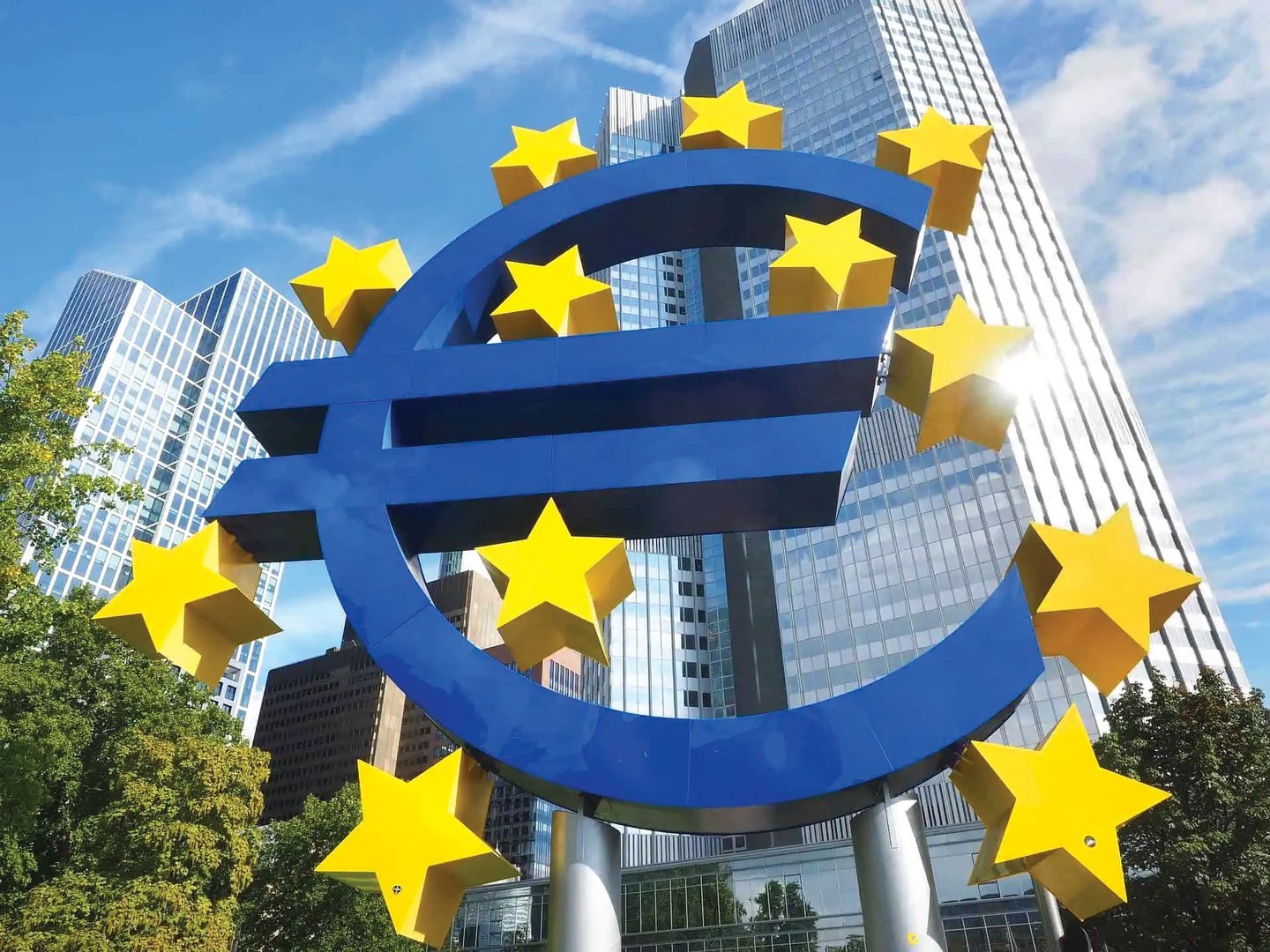Following a three-day rally, EUR/USD closed in negative territory on Friday. The pair holds steady above 1.1650 to start the new week, while the technical outlook fails to point to a buildup in directional momentum.
Euro Price Last 7 Days
The table below shows the percentage change of Euro (EUR) against listed major currencies last 7 days. Euro was the strongest against the Australian Dollar.
| USD | EUR | GBP | JPY | CAD | AUD | NZD | CHF | |
|---|---|---|---|---|---|---|---|---|
| USD | -0.39% | -0.54% | -0.78% | 0.26% | 0.22% | 0.09% | -1.08% | |
| EUR | 0.39% | -0.16% | -0.33% | 0.63% | 0.69% | 0.47% | -0.71% | |
| GBP | 0.54% | 0.16% | -0.14% | 0.79% | 0.83% | 0.63% | -0.57% | |
| JPY | 0.78% | 0.33% | 0.14% | 1.00% | 0.97% | 0.92% | -0.34% | |
| CAD | -0.26% | -0.63% | -0.79% | -1.00% | -0.07% | -0.15% | -1.35% | |
| AUD | -0.22% | -0.69% | -0.83% | -0.97% | 0.07% | -0.20% | -1.40% | |
| NZD | -0.09% | -0.47% | -0.63% | -0.92% | 0.15% | 0.20% | -1.20% | |
| CHF | 1.08% | 0.71% | 0.57% | 0.34% | 1.35% | 1.40% | 1.20% |
The heat map shows percentage changes of major currencies against each other. The base currency is picked from the left column, while the quote currency is picked from the top row. For example, if you pick the Euro from the left column and move along the horizontal line to the US Dollar, the percentage change displayed in the box will represent EUR (base)/USD (quote).
The US Dollar (USD) gathered strength on Friday and caused EUR/USD to stretch lower. In the absence of high-impact data releases, United States (US) President Donald Trump’s relatively less aggressive tone on trade relations with China helped the USD stay resilient against its peers.
Trump acknowledged that 100% tariff would not be sustainable and added that he this they are “going to do fine” with China.
Over the weekend, Trump said that he wants China to buy soybeans at least in the amount they were buying before and noted that he believes China will make a deal on soybeans.
Meanwhile, S&P Global Ratings downgraded France’s credit rating to A+ from AA-, citing the country’s elevated budget uncertainty despite the submission of a 2025 draft budget.
In the second half of the day, the risk perception could drive EUR/USD’s action. In the early European session, US stock index futures rise between 0.3% and 0.5%. In case risk flows dominate the action in the second half of the day, the USD could struggle to outperform its rivals. However, any positive developments in the US-China relations could support the USD, alongside Wall Street’s main indexes.
EUR/USD Technical Analysis

EUR/USD trades between the 50-day and the 100-day Simple Moving Averages (SMAs), while the Relative Strength Index (RSI) indicator on the 4-hour chart stays near 50, reflecting a neutral stance.
In case EUR/USD continues to use 1.1650 (100-day SMA) as support, technical buyers could remain interested. In this scenario, 1.1700 (50-day SMA) could be seen as the next resistance before 1.1765 (Fibonacci 23.6% retracement of the latest uptrend) and 1.1820 (static level).
If EUR/USD retreats below 1.1650 and confirms that level as resistance, support levels could be spotted at 1.1580 (Fibonacci 61.8% retracement) and 1.1550 (static level).
Euro FAQs
The Euro is the currency for the 19 European Union countries that belong to the Eurozone. It is the second most heavily traded currency in the world behind the US Dollar. In 2022, it accounted for 31% of all foreign exchange transactions, with an average daily turnover of over $2.2 trillion a day.
EUR/USD is the most heavily traded currency pair in the world, accounting for an estimated 30% off all transactions, followed by EUR/JPY (4%), EUR/GBP (3%) and EUR/AUD (2%).
The European Central Bank (ECB) in Frankfurt, Germany, is the reserve bank for the Eurozone. The ECB sets interest rates and manages monetary policy.
The ECB’s primary mandate is to maintain price stability, which means either controlling inflation or stimulating growth. Its primary tool is the raising or lowering of interest rates. Relatively high interest rates – or the expectation of higher rates – will usually benefit the Euro and vice versa.
The ECB Governing Council makes monetary policy decisions at meetings held eight times a year. Decisions are made by heads of the Eurozone national banks and six permanent members, including the President of the ECB, Christine Lagarde.
Eurozone inflation data, measured by the Harmonized Index of Consumer Prices (HICP), is an important econometric for the Euro. If inflation rises more than expected, especially if above the ECB’s 2% target, it obliges the ECB to raise interest rates to bring it back under control.
Relatively high interest rates compared to its counterparts will usually benefit the Euro, as it makes the region more attractive as a place for global investors to park their money.
Data releases gauge the health of the economy and can impact on the Euro. Indicators such as GDP, Manufacturing and Services PMIs, employment, and consumer sentiment surveys can all influence the direction of the single currency.
A strong economy is good for the Euro. Not only does it attract more foreign investment but it may encourage the ECB to put up interest rates, which will directly strengthen the Euro. Otherwise, if economic data is weak, the Euro is likely to fall.
Economic data for the four largest economies in the euro area (Germany, France, Italy and Spain) are especially significant, as they account for 75% of the Eurozone’s economy.
Another significant data release for the Euro is the Trade Balance. This indicator measures the difference between what a country earns from its exports and what it spends on imports over a given period.
If a country produces highly sought after exports then its currency will gain in value purely from the extra demand created from foreign buyers seeking to purchase these goods. Therefore, a positive net Trade Balance strengthens a currency and vice versa for a negative balance.







